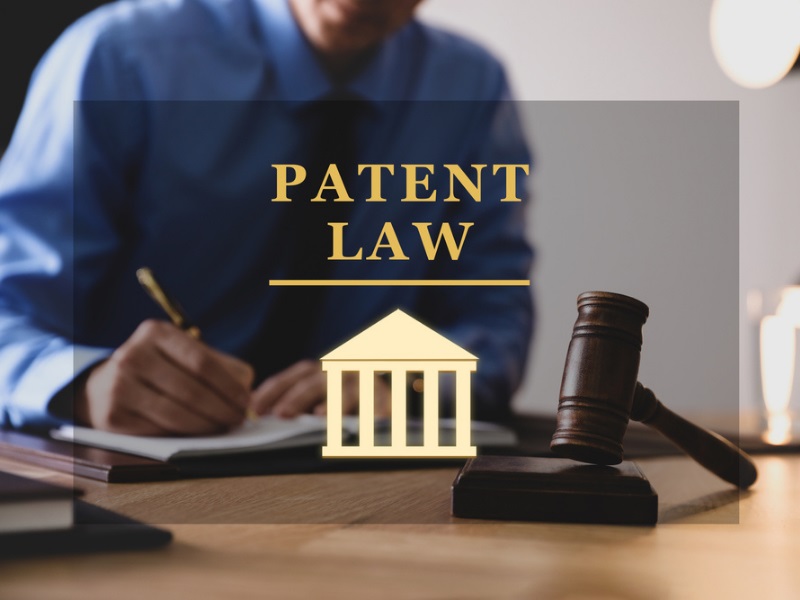Patents are legal protections granted to inventors and companies for their innovations and inventions. In theory, patents promote innovation and creativity by providing inventors with exclusive rights to their inventions for a certain period of time. However, some argue that patents can stifle competition and hinder innovation. This article will explore the relationship between patents and competition.

What are Patents?
A patent is a legal document that grants an inventor or company exclusive rights to their invention for a certain period of time. Typically, patents last for 20 years from the date of filing and give the holder the right to prevent others from making, using, or selling the invention without their permission.
Benefits of Patents
Patents provide several benefits to inventors and companies. Firstly, they give inventors the exclusive right to their invention, which means they can profit from it by licensing or selling it to others. Secondly, patents provide an incentive for innovation by allowing inventors to recoup the costs associated with research and development. Finally, patents can attract investment and funding as they demonstrate a company’s commitment to research and development.
Drawbacks of Patents
Patents can also have several drawbacks. Firstly, they can be expensive to obtain and maintain, which can be a barrier to entry for small businesses and individual inventors. Secondly, patents can stifle competition by preventing others from using the invention, which can limit innovation and progress. Finally, patents can be used to create monopolies in certain industries, which can lead to higher prices and less choice for consumers.
Patents and Competition
Patents and competition are often seen as opposing forces. On the one hand, patents provide inventors with exclusive rights to their inventions, which can limit competition. On the other hand, patents can also promote competition by encouraging innovation and creativity. The key is to strike a balance between the two.
One way to strike a balance is to ensure that patent laws are fair and reasonable. This means that patents should only be granted for truly innovative and non-obvious inventions, and they should not be used to create monopolies or stifle competition. Additionally, patent laws should be enforced fairly and consistently to prevent abuse.
Another way to strike a balance is to promote open innovation. This means that companies and inventors should be encouraged to share their ideas and collaborate with others to promote progress and innovation. Open innovation can help to reduce the barriers to entry for small businesses and individual inventors, which can promote competition and innovation.
Patents and competition are two important factors in promoting innovation and progress. While patents can provide inventors with exclusive rights to their inventions, they can also stifle competition and hinder innovation. The key is to strike a balance between the two by ensuring that patent laws are fair and reasonable, and by promoting open innovation.



